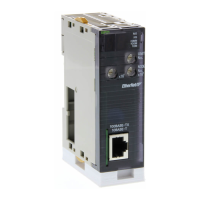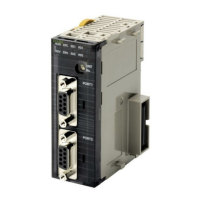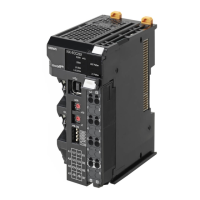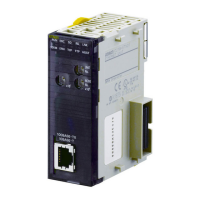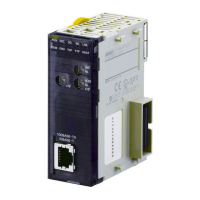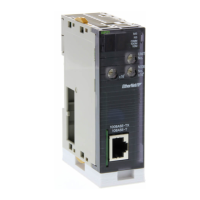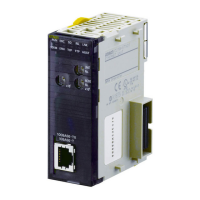61
SECTION 2
Initial Settings and I/O Memory Allocations
This section describes the components of the Serial Communications Boards and the Serial Communications Units, the
settings required for operation, and the memory allocated in the I/O memory of the CPU Unit for controlling and
monitoring communications.
2-1 Component Names and Functions . . . . . . . . . . . . . . . . . . . . . . . . . . . . . . . . . 62
2-1-1 Serial Communications Boards (CS Series Only) . . . . . . . . . . . . . . 62
2-1-2 CS-series Serial Communications Unit . . . . . . . . . . . . . . . . . . . . . . 66
2-1-3 CJ-series Serial Communications Unit. . . . . . . . . . . . . . . . . . . . . . . 69
2-2 Data Exchange with the CPU Unit . . . . . . . . . . . . . . . . . . . . . . . . . . . . . . . . . 72
2-2-1 Serial Communications Board (CS Series Only) . . . . . . . . . . . . . . . 72
2-2-2 Serial Communications Units (CS/CJ Series) . . . . . . . . . . . . . . . . . 73
2-3 I/O Memory Allocations . . . . . . . . . . . . . . . . . . . . . . . . . . . . . . . . . . . . . . . . . 74
2-3-1 DM Area . . . . . . . . . . . . . . . . . . . . . . . . . . . . . . . . . . . . . . . . . . . . . . 74
2-3-2 CIO Area. . . . . . . . . . . . . . . . . . . . . . . . . . . . . . . . . . . . . . . . . . . . . . 79
2-3-3 Related Auxiliary Area Bits . . . . . . . . . . . . . . . . . . . . . . . . . . . . . . . 85

